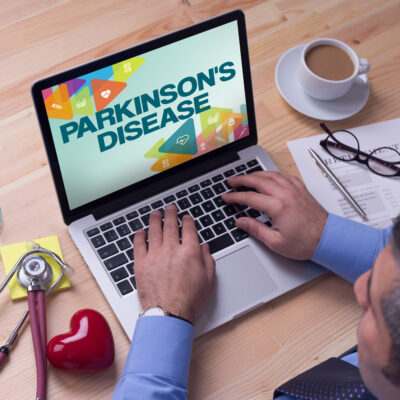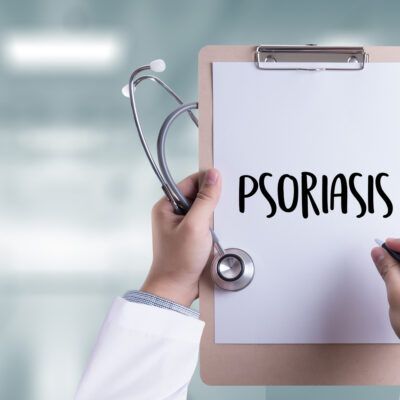
Health
10 Early Warning Signs of Seizures
When it comes to managing epilepsy and preventing seizures, effective treatment often involves a combination of monitoring symptoms, lifestyle modifications, and medication. In some cases, prescription drugs such as Briviact, Xcopri Cenobamate, Midazolam, Epidiolex, and Nayzilam play a crucial role in mitigating the occurrence and severity of seizures. By understanding the early warning signs of seizures, individuals can better manage their epilepsy and take timely action. Now, let’s delve into the ten early warning symptoms that may signal an impending seizure: 1. Aura This is often the earliest sign of a seizure. An aura is a strange feeling, sensation, or series of events that occurs before a seizure. It could be a change in mood, feeling a strange taste or smell, or having visual changes or hallucinations 2. Sudden fear or anxiety Many people report a sudden and unexplained feeling of fear or anxiety. This is not a general feeling of nervousness, but rather an intense feeling that something is wrong 3. Déjà vu An unusual sense of familiarity (déjà vu) or unfamiliarity (jamais vu) can often precede a seizure. People may feel as though they’ve experienced a specific situation before, or conversely, that a familiar situation seems strange and new 4.
Read More 















